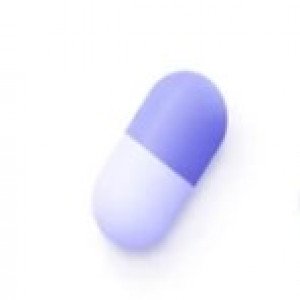 Welcome
Welcome
“May all be happy, may all be healed, may all be at peace and may no one ever suffer."
- A
- B
- C
- D
- E
- F
- G
- H
- I
- J
- K
- L
- M
- N
- O
- P
- Q
- R
- S
- T
- U
- V
- W
- X
- Y
- Z
Loperamide Hydrochloride - Brands
Loperamide Hydrochloride inhibits the peristaltic activity of the longitudinal and circular smooth muscle in the intestine by interacting with cholinergic and noncholinergic neuronal mechanisms responsible for producing the peristaltic reflex. Loperamide Hydrochloride binds to the opiate receptor in the gut wall, reducing propulsive peristalsis and increasing intestinal transit time. Loperamide Hydrochloride increases the tone of the anal sphincter. This also inhibits electrolyte and fluid secretion in the intestine.
Loperamide Hydrochloride is an orally administered capsule. After administration absorption is more than 65% which occurs at a modest rate, with peak serum levels of 2-3 µgm/litre occurring at about 4 hours later after oral administration. The rest 35% is excreted unchanged in the faeces. Loperamide Hydrochloride undergoes an extensive presystemic first-pass metabolism in the gut wall and in the liver. Loperamide does not act centrally due to its high affinity for the gut wall and its presystemic metabolism. This is why it reaches the systemic circulation in a very minute amount. The route of elimination is 0.63-1.4% in urine as an unchanged drug, 58% is excreted in the bile and 15-23% appears in the faeces.
To be happy, beautiful, healthy, wealthy, hale and long-lived stay with DM3S.
